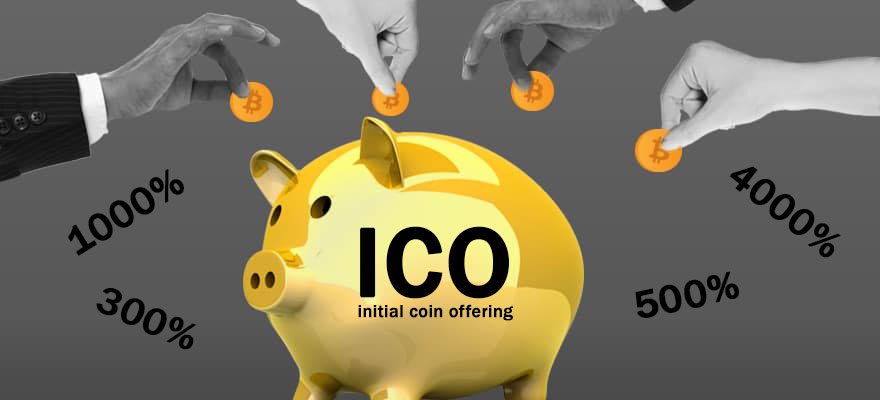“The team is far more important than the project itself”
Shadi Paterson, CEO, Head of Growth, The 8760
The main 3 factors when rating the quality of an ICO are firstly, the team; then the utility of the token and its fiscal policy/economics and, finally, the Legal behind the project. Arguably, the team is far more important than the project itself, as the project will pivot and change far and above the original whitepaper.
The main opportunity in this space is the upcoming influx of smart money, family offices, hedge funds and corporations moving into tokenisation, ICOs and blockchain as a whole. A double edged sword, this could also be the biggest threat, as we see money flowing into technology that most don’t truly understand or at the very least don’t understand the implications of.
I invest in a number of ICOs and the main factor I consider is the team – what have they accomplished, who have they surrounded themselves with, can they actually pull it off, can they build the hype? It’s all part of a very large puzzle that creates a successful ICO, as well as a successful business post-ICO.
“There must be lots of investors seeing great potential for big rewards.”
Henrik Hjelte, CEO / Co-founder at ChromaWay
Investing in early stage companies, some without a product and some with very unproven business models, brings significant risk, compared to most other investments. The legal uncertainty of an ICO and the lack of proven best practices bring even more risks. Some investment agreements don’t even regulate the potential to issue more tokens after the ICO. Considerable risk is thus involved. Since I personally believe in some kind of rationality of markets, there must be lots of investors seeing great potential for big rewards.
“Tokens are a brilliant way to align the interests and exchange amongst the network participants.”
Philipp Pieper, co-founder Swarm Fund
Certainly there are different motivations of players rushing to do ICOs and – let’s also face it – of crypto investors to participate in these token offerings. Underlying all this is a new wave of apps that are built, operated and used by communities. And tokens are a brilliant way to align the interests and exchange amongst the network participants. This basis allows a new way of community funding, that brings together the users who want a service to exist and find ways to help get it created. That is revolutionary and introduces a new way of thinking how to build and ramp services with community DNA by design. That said, with the latest rush, not every ICO necessarily fulfills that promise and time will tell which of these justify their value.
Beyond the speculative bubble, we need to come to a fundamental understanding what
constitutes value and what are things to keep an eye out for – positive as well as negative.
We can certainly apply a lot of equivalent considerations that are well understood in the
investment landscape, like what is the quality of the teams, the value proposition of the
offering, the go-to-market, market size, etc. But we still have to find our way to understand how the community DNA translates into adoption and good product. We’ve seen great examples, but still time will need to tell.
“I think too much is being asked of the ICOs right now…”
Michael Khalsa, CTO of Modex
In the future, they’ll turn into a blend of IPOs and ICOs – some initial Angel capital will come in, people will reach certain milestones, which many are not reaching at the moment, they will make demonstrable products, then open it up to an ICO for future expansion. Some ICOs might also have some type of equity tie-inns.
I believe that a lot of the drivers in the space of blockchain are going to be industry business infrastructure, who are basically taking an existing centralised database structures and just replacing that component with decentralised structures for their auditing and their immutability advantages. A lot of these businesses won’t care so much about gas – they want a business blockchain solution that is a 100% guaranteed, fast customer transaction facing, very scalable. And the last mile into consumer adoption is most likely going to have political drivers – the instability of the primary currency in different countries and cross border currency need. This is probably a couple of years away. In the next 6 months, there is a play for branding, trust, and positioning into this space. Within internal business infrastructure the monetarisation can be almost immediate, while for consumer commerce it could be two or three years away.
The most important thing for consumer adoption is to solve identity – have biometrics tied to identity. You can’t ask the average people to be really aware of how private keys work and what happens if they lose them. The identity issue has to be solved before there is even a hope of entering the consumer space on a large scale.



